Rehabilitation: Introduction
Rehabilitation is a process aimed at helping individuals recover from injuries, illnesses, or disabilities, and regain their physical and mental functioning. It goals towards reviving a person’s ability to perform daily activities, participate in work and other life roles, and improve their overall quality of life. Essentially, rehabilitation helps individuals to overcome any limitations resulting from their health condition.
The term Rehab here refers to any activity by a professional in the allied health industry that reduces pain and dysfunction for their client. The goal of the Rehab Trainer is to work with confidence and competence while dealing with clients in pain, injury or any other limitations.
a) Assessment of Risk related to Injury
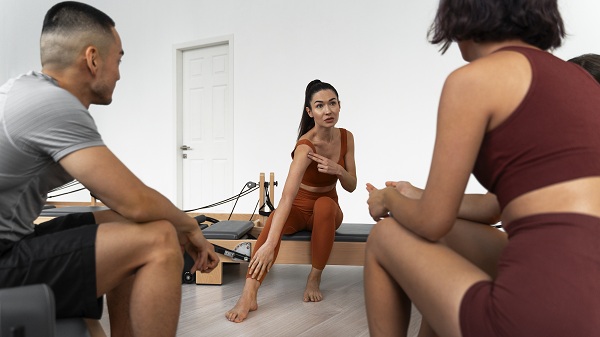
Risk related to injuries may be classified into “high risk” or “low risk” . Low risk injuries are termed as ” Functional Injuries” and can be trained through and high risk injuries are needed to be trained around. The Rehab Trainer takes the injured client through 4 Questions and 4 Tests each for the upper limb, the lower limb and the spine that will guide them to make the right decision. In addition to injury-specific rehabilitation, it is important to eliminate risk factors and identify why the injury happened in the first place. Another issue of note is the prevention of overall de-conditioning, which has to be factored in when designing the rehabilitation protocol.
b) Functional Movement Evaluation
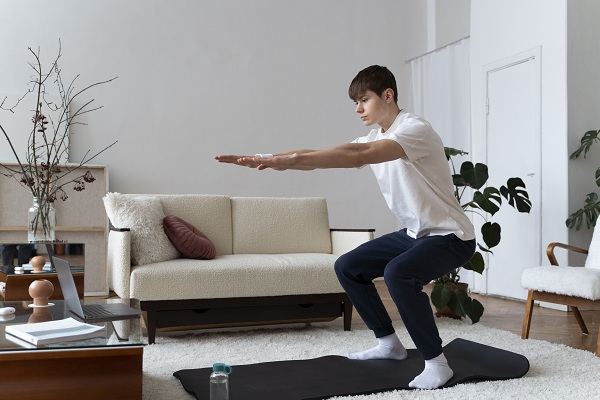
Squat
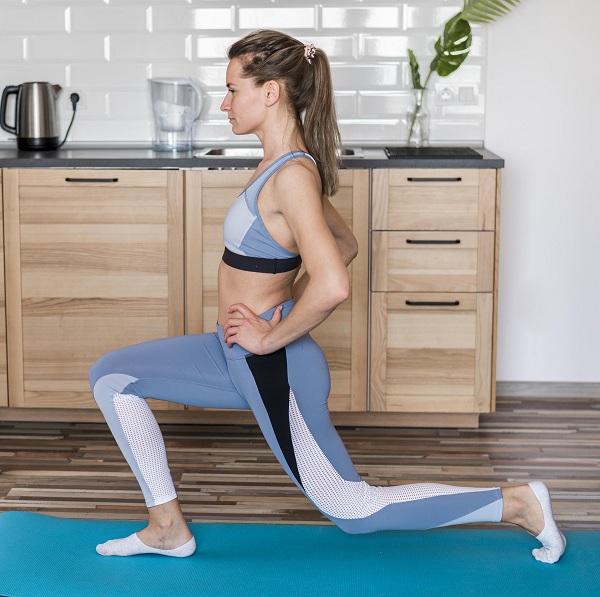
Lunges
The Functional Movement Screening is used to identify asymmetries, postural defects, limitations in normal range of motion and instability which result in functional movement deficiencies. It aims to identify imbalances in mobility and stability during seven fundamental movement patterns. Evaluation of Functional Movements is based on a knowledge of Muscle Imbalance and Human Anatomy and how it can be countered to revive normal and effective movement.
- Squatting.
- Bending.
- Lunging.
- Pushing.
- Pulling.
- Rotating.
- Locomotion (i.e. gait)
The FMS is comprised of seven fundamental movement patterns (tests) that require a balance of mobility and stability (including neuromuscular/motor control). These fundamental movement patterns are designed to evaluate the performance of basic locomotor, manipulative, and stabilizing movements.
c) Loosening Techniques: MFR
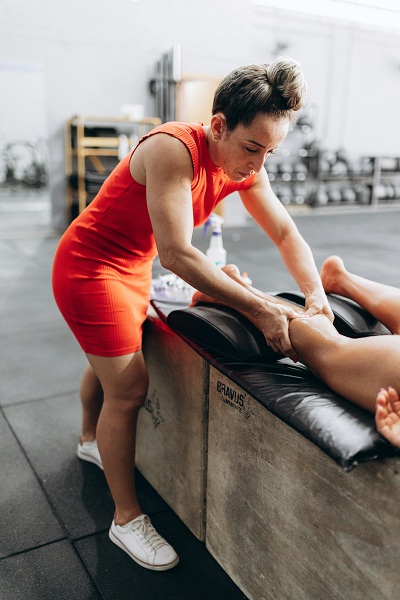
Myofascial release (MFR) manual therapy technique that focuses on the body’s fascia, the connective tissue surrounding muscles, organs, and nerves. It allows hands-on loosening techniques to release restrictions and tension in the fascia, potentially improving movement, reducing pain, and enhancing overall function. Trigger Point releases, Myofascial Rolling techniques, active and dynamic stretching are some of the ways to reduce painful knots in muscles and improve range of mobility in affected areas
d) Activation Drills
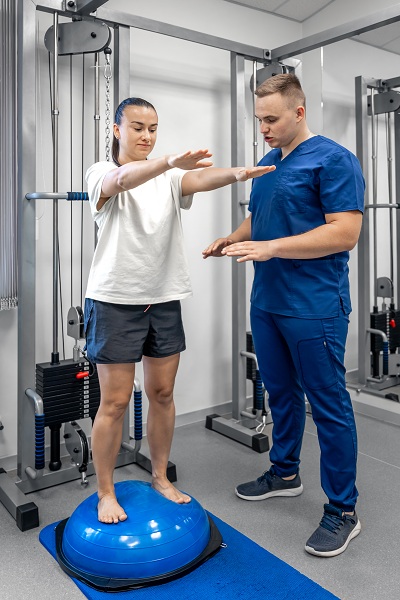
Activation improves the muscle control, enhances mobility and stability of joints.
Simple activation drills are incorporated into warm-up and warm-down using Swiss balls, rubber bands, hollow rods and other existing equipment in the gym, thereby engaging in lower-level physio exercises. Motor control training requires low intensity stabilization
exercises focused on efficient integration of low threshold recruitment of local and global muscle systems.
In suspension training, lower or upper limbs are hung with straps free to oscillate. Many core directed exercises are done in this way creating a wide variety of challenges. These exercises consist of multi-joint movements in multiple planes
e) Bounce back into Normal Life

The main goal of a fitness trainer / rehab expert is to incorporate mobility, stability and muscle imbalance correction drills into strength and fitness regime for the client. The client should be able to perform their exercises with maximum strength and minimum pain. The rehabilitation practice should be such that there is improvement and consistency in movement patterns along with reduced pain levels over time. Educating the client is also essential here, so that they can take responsibility for their daily activities, postures, retraining drills and fitness.


Comments (3)
free ai photo generate - August 11, 2025
“Thanks for sharing such valuable information!”
img gen free - August 25, 2025
“Your writing style is engaging and clear, love it!”
ai image generator free - August 25, 2025
“I agree with your points, very insightful!”